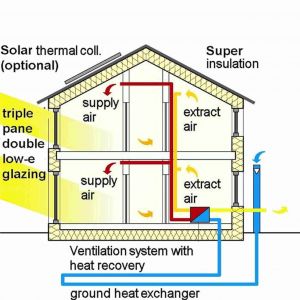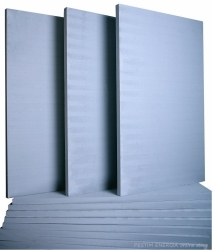Date: 21 Jan 2012
Planning
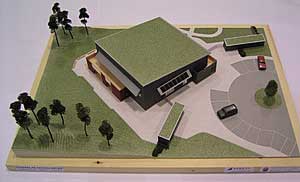
In August 2008, despite all the debate over a national definition, a municipal real estate company decided to attempt to build a PHI Passive House in Sweden as an experiment. After thorough consideration, a research trip to Germany, and a collection of detailed information, the “first internationally certified Passive House in Sweden” project began. The architect had received Passive House training even before she began designing the building, and all other engineers and builders were trained and given support over the course of the project. The strong will shown by the real estate firm made it possible to build a kindergarten that now fulfills the PHI’s quality requirements for certification.
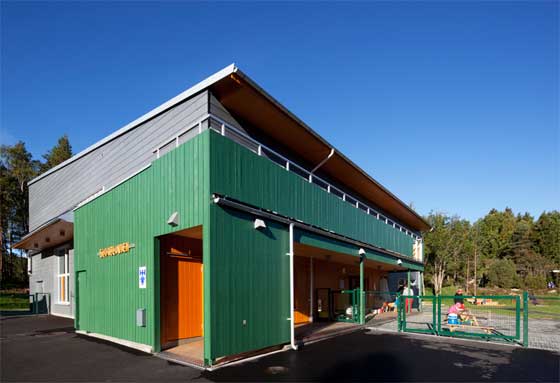
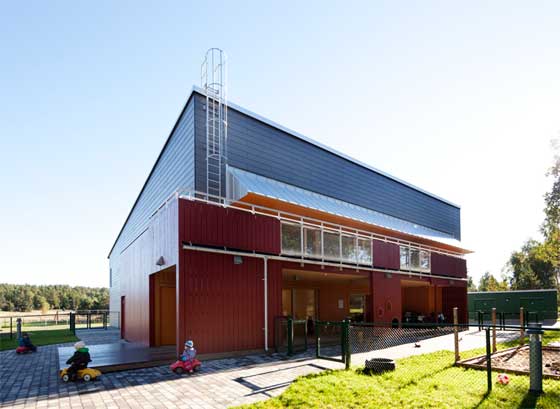
Construction
Construction began in August 2009, and except for the windows and air-tight elements, almost all products used were made in Sweden. The construction company faced the great challenge of handling new routines, products, and processes for quality assurance and cooperation. All trade workers involved in construction received training; as a result, the structure is the most air-tight building in Sweden at 0.15 h-1. The kindergarten was dedicated in September 2010. The building’s heating, humidity, indoor temperatures, and technical performance will be measured and analyzed for another two years.
The result
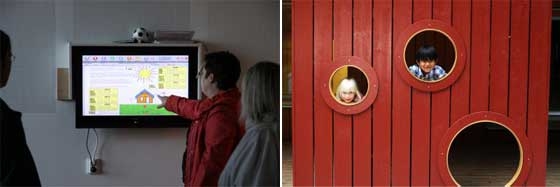
On the screen in the children theatre room, the children and their teachers can see how much energy their 'house' consumes - in this way, they can also follow how their activities affect their environment.
Heating demand for the kindergarten in Åkersberga has been calculated with PHPP as 14.6 kWh/(m2a). If the building were in Munich, heat demand would be cut in half. Kindergarten staff were given a user handbook at a two-hour Passive House information session, where the certificate was also presented. After the first four months of winter, energy consumption for heating was 2.1 kWh/m2 – lower than any other kindergarten in the country. The building’s comfort and quality impresses not only the users and the real estate company, but also the numerous visitors. The result has inspired other Passive House projects, such as more kindergartens and a tennis center built to the international Passive House Standard. The CEPH course has been offered in Sweden since December 2009 with more than 60 participants so far, including the architect of the country's first certified kindergarten. This training and experience with domestic Passive House projects (and the understanding for detail that these factors lead to) are key to energy-efficient construction in Sweden.
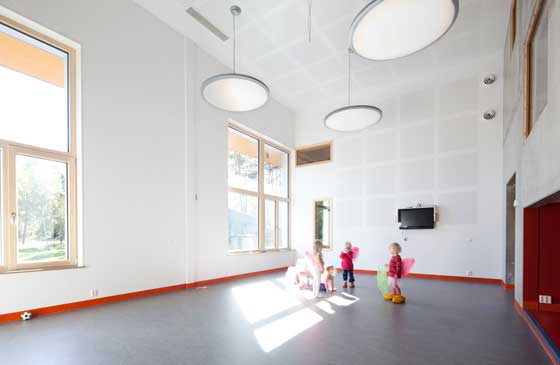
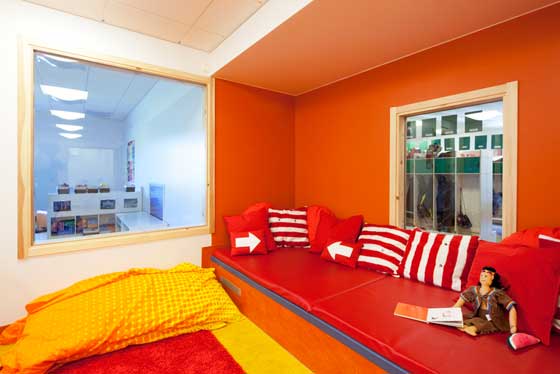
Post comment
-
StevenNah28 Apr 2017КЛИЕНТСКИЕ БАЗЫ http://xurl.es/PR0DAWEZ УЗНАЙТЕ ПОДРОБНЕЕ! KLIENTSKIE BAZY http://xurl.es/PR0DAWEZ Uznajte podrobnee!

